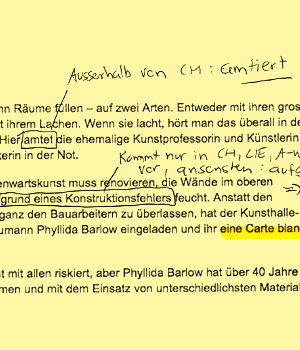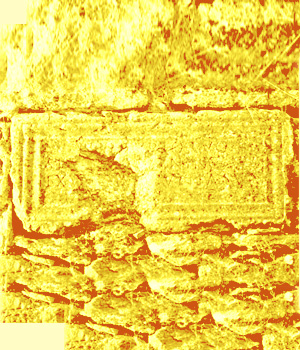Regional Variation in Standard German
In Which Variant Do You Think?
Das Wetter ändert or das Wetter ändert sich – how would you say, “the weather is changing” and how do you read it in the newspapers?
We come across these kinds of differences in how people speak not just in dialects, but in standard German as well. In terms of vocabulary, this isn't very surprising: Everyone knows that, if you're ordering whipped cream on your cake, in Austria you ask for Schlag, in Germany for Sahne, and in Switzerland for Rahm.
However, we usually aren't conscious of differences in grammar, though there's also a great amount of variation when it comes to word formation (parken in Germany/parkieren in Switzerland), gender (das Spray/der Spray?), or word order (hat backen können/backen können hat?) – and that's something one should consider when determining whats 'right' and what's 'wrong', whether at school, in business correspondence, or in public communication. Over the past few years, the Universities of Zurich, Salzburg, and Graz have been working together to create Regional Variation in the Grammar of Standard German, a reference tool that will go online 2018. It draws from a huge amount of data (approximately 600 million words from newspaper articles) to document regional variations in standard German and to illustrate them graphically using maps.
Dr. Christa Dürscheid is professor for German Language at the German Institute at the University of Zurich.
Gerard Adarve works at the German Institute at the University of Zurich on grammatic variation in standard German.
Dr. Patrizia Sutter works at the German Institute at the University of Zurich on grammatic variation in standard German.
Related contributions



